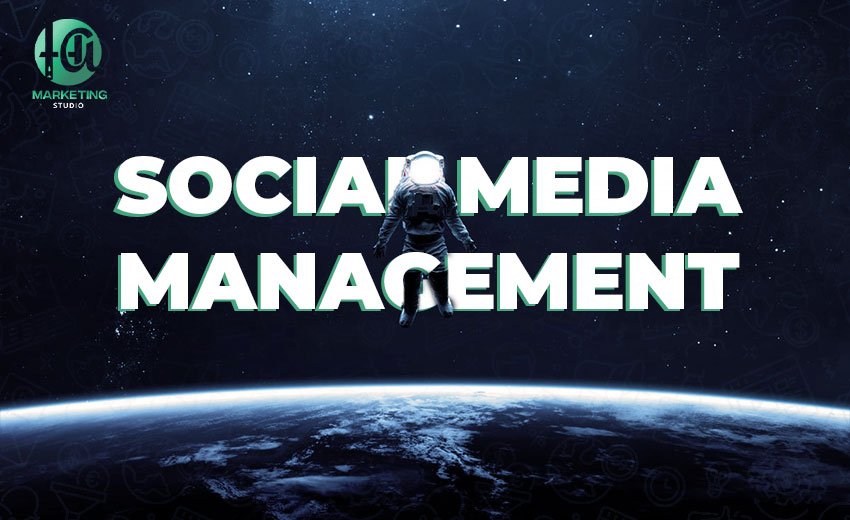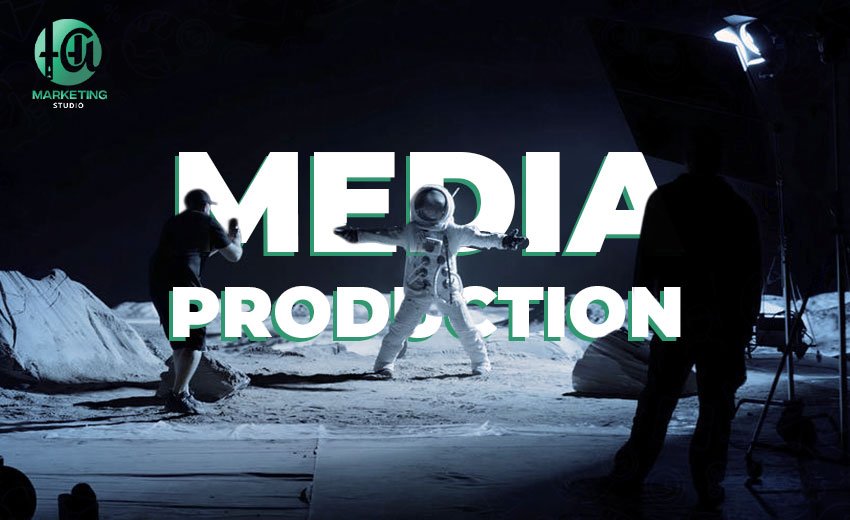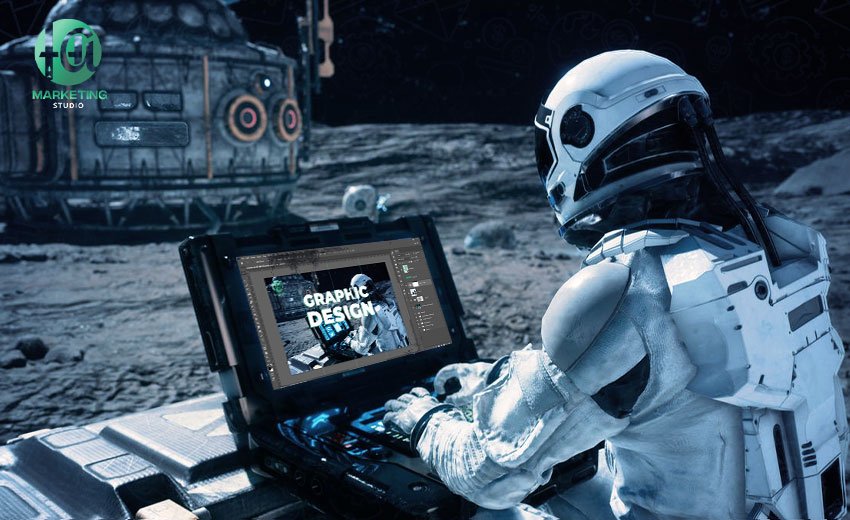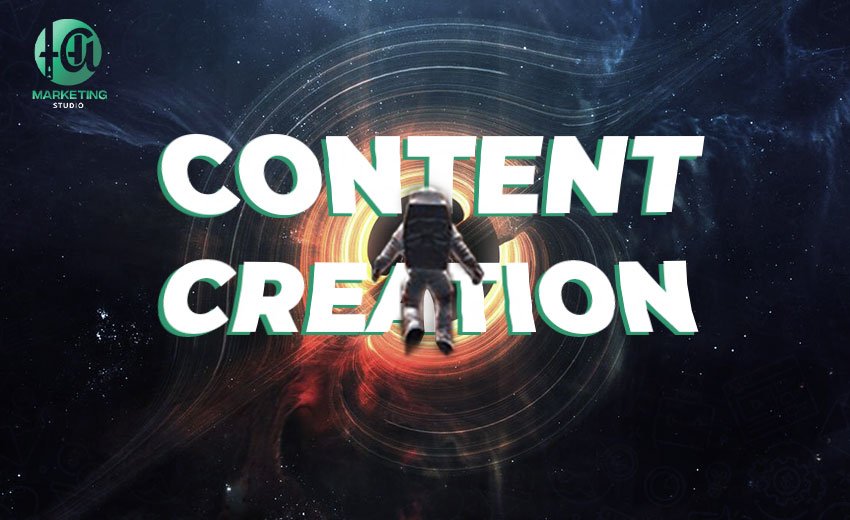-What is meant by media production?
It is the creation and coordination of visual and audio content that is distributed through various media, such as television, radio, cinema, the Internet, and social media. This concept includes the production of films, television and radio programmes, advertisements and promotional videos, newspapers, magazines, comic books, recorded music and arts, and theatrical performances.
The process includes media production Several steps, such as script writing and creative planning, choosing actors and locations, filming scenes, recording and editing sound, adding visual effects and music composition, and final editing.
-The importance of media production :
Media production plays a crucial role in communicating brand, marketing and entertainment messages to the audience. Through the use of various media, artistic and creative producers can produce content that grabs the audience’s attention and interests
It is considered an important resource and provides job opportunities for many people in the media and entertainment industry.
In addition to that. It contributes to developing the economy, enhancing culture, and communicating between different cultures
-Media production steps:
-Analysis of needs and ideas:
The first step in media production is analyzing needs and ideas. Before you start producing content, you must understand the needs of your target audience and current trends in the media industry in which you work. You have to ask questions like: What are the audience’s desires? What topics interest them? What stories or ideas would they like to see? You can collect feedback from your existing customers or conduct surveys to understand their needs and interests.
-Preparing the scenario or production plan:
After analyzing the needs and ideas, you must prepare the scenario or production plan for your media. This scenario should include a detailed outline of how you will produce the visual or audio content. It should identify the main themes and messages, the personalities involved, the place and time, and any other important details. You can use this scenario as a guide to guide your production process and ensure you achieve the results you aim for.
-If you follow these steps carefully and follow them with commitment and attention, you will be able to produce wonderful and attractive media that will appeal to your target audience and contribute to achieving your marketing goals.
-Types of media production:
-Movies and TV:
Film and television production is an important part of the media industry. These types of media allow individuals and companies to communicate their message and story in a visual and compelling way. Whether you’re producing a feature film, television series, or documentary, organizing and managing these projects requires expertise in direction, photography, lighting, composition, and visual effects to produce a great final result.
-Advertising and marketing:
The advertising and marketing industry is one of the main types of media production. Here, companies produce innovative and attractive advertising content to attract audience interest and enhance sales of their products or services. From producing TV and radio ads to producing content for social media and blogs, this type of media production requires a deep understanding of the market, targeting and effective communication.
-Music video clip:
Music and video clip production includes the production of sounds and images to create an integrated piece of art. Here, the music is designed and arranged and video clips are filmed to enhance the story of the song and communicate it visually. Producing a video clip requires skills in filming, editing, coordination, and directing the performance, in addition to requiring an understanding of current artistic and musical trends to obtain an enjoyable and influential viewing experience.
-media production tools:
-Cameras and photography equipment:
Cameras and photographic equipment are essential in media production. There are many types of cameras available, from large professional cameras to small digital cameras such as cell phones. Photographic equipment, such as lenses, stands and lighting, also varies and depends on the type and size of production required. It is important to choose the right camera and equipment to achieve the desired results.
-Editing and lighting programs:
Editing and lighting software play a crucial role in media production. Editing software allows footage to be cut, arranged, and combined together to create a smooth, professional narrative. In addition, lighting programs help adjust the lighting for scenes, which contributes to creating a suitable atmosphere and improving image quality.
-Audio and visual effects:
Sound and visual effects bring life to media. Through the use of sound effects, such as music and sound effects, emotions and scenes can be highlighted and a certain atmosphere can be given to the work. In addition, visual effects, such as animation and special visual effects, can be used to enrich the image and attract the audience’s attention.
Used effectively, high-quality, engaging media can be produced to the audience.














